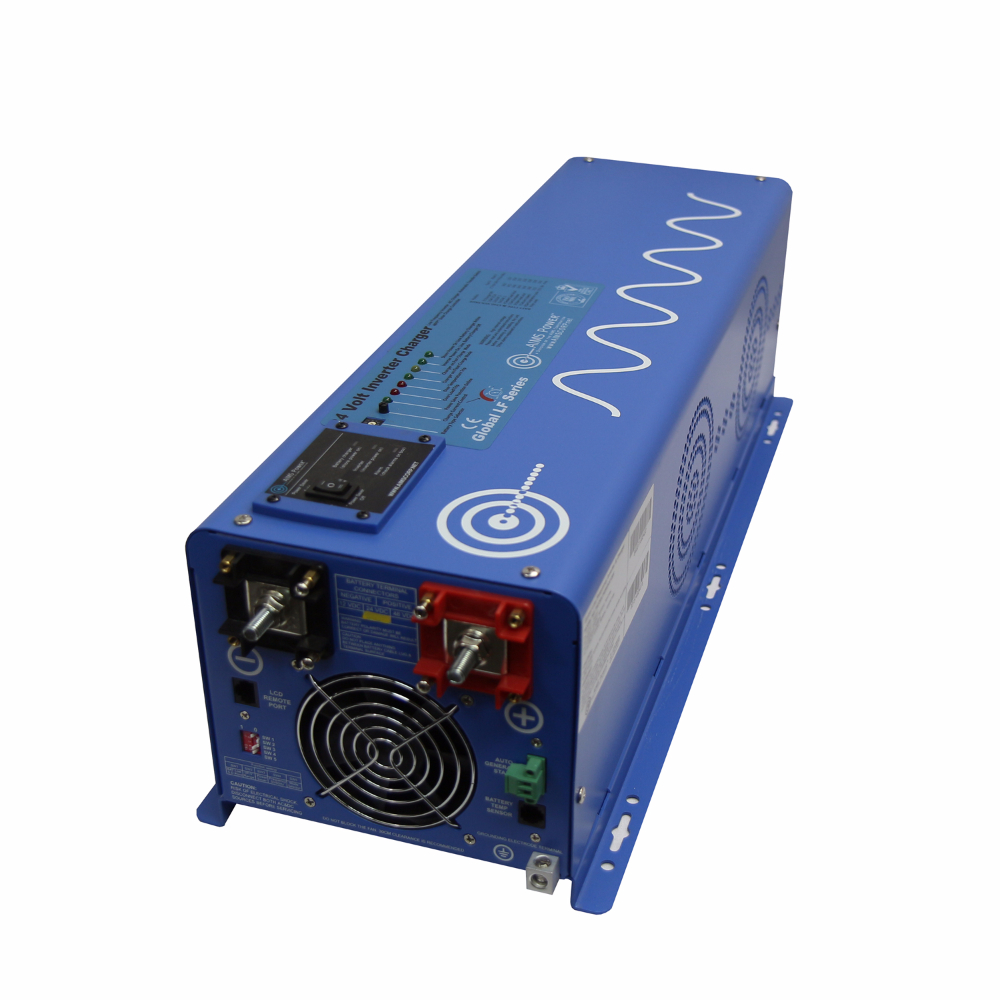Hi, folks.
I'm new to the forum, and while I'm fairly hands-on with mechanical equipment, I'm not an expert on generators. So. I would appreciate some help in making the next move in ensuring reliable standby power for my home. Please accept my apologies for the long post!
Here is some background:
The house was built (for the previous owner) in late 2014, and was equipped with a Generac Model 0058370 unit with ATS. Not sure what model the transfer switch is, but I have included some pictures to help identify generator and ATS:
![Image]()
![Image]()
We've owned the home for about 4.5 years, and generally experience probably about 5 power outages per year, most of which are 4 hours or less. I have maintained the unit with synthetic oil, new filter, new plug, new air filter, etc., annually, and it has been fairly trouble-free. The only ongoing issue we have experienced is slow starting. The unit will always start, but it takes a lot of cranking before it will fire, usually right at the end of the first cranking cycle. This likely contributed to an early failure of the starter, which I replaced last year. The generator is on propane, and we are currently operating with 100lb cylinders, which last quite a long time. As far as requirements, we do really need an automated solution as our house we have a couple of sump pumps that are important at certain times of year.
Fast forward to two days ago. In our area, we have experienced heavier-than-normal snowfall, and with overhead lines in a heavily-forested area (Vancouver Island, BC), we have seen more frequent (and longer) outages than normal. This includes 14 hours over two outages on Christmas Eve. On Sunday morning, we had a very short outage, the generator started, and then horrible noises quickly ensued. Before I could get anywhere near the machine, it had obviously suffered catastrophic engine failure, which was confirmed when I looked inside the enclosure.
![Image]()
Ouch.
Not sure of the cause, as I did check the oil regularly, but I understand from internet research that this sort of failure is not uncommon for these units. The local Generac dealer confirmed this, and says that engines (and many regular parts) are no longer available for this model. He also confirmed that comparable replacement units are taking about 45 weeks to arrive due to global supply chain issues. C'est la vie.
So, for short-term coverage, I picked up a Firman 10000/8000 dual fuel unit (it was available down the street), and have it running, with extension cords handy, to get me through until I have a better, solution. For the slightly-longer term, I was thinking of simply connecting the Firman unit with a 230V twist-lock connector in place of the hard-wired connector that went to the Generac unit. However, this brings me to the first question:
If I understand correctly, in the even of loss of line power, the transfer switch commands the generator to start, and when it sees AC power from the generator, it transfers the load to the generator. Is this accurate? I have found manuals online that I think are the correct ones for this setup, but I just want to be sure.
If my understanding is correct, I would assume that if I connect the Firman unit to the cable that was going to the Generac, when the power goes out, I should be able to go manually start the Firman, and when the transfer switch sees it come up, then it will automagically switch over to generator power? Is this accurate, or am I missing something? Is there any logic exchanged between the generator or the ATS. or do they have to be a matched set, for some reason?
Unfortunately, the Firman unit doesn't have a remote start option, so I won't be able to (easily) make that work, but at least this lets me get going without having to worry about all the extension cords, for now.
I have some ideas about where to go from here, but this post is already too long, so I will end it here for now, and will add some additional thoughts and questions a bit later.
Thanks in advance for your patience with my noob questions.
Cheers,
Shaun
I'm new to the forum, and while I'm fairly hands-on with mechanical equipment, I'm not an expert on generators. So. I would appreciate some help in making the next move in ensuring reliable standby power for my home. Please accept my apologies for the long post!
Here is some background:
The house was built (for the previous owner) in late 2014, and was equipped with a Generac Model 0058370 unit with ATS. Not sure what model the transfer switch is, but I have included some pictures to help identify generator and ATS:
We've owned the home for about 4.5 years, and generally experience probably about 5 power outages per year, most of which are 4 hours or less. I have maintained the unit with synthetic oil, new filter, new plug, new air filter, etc., annually, and it has been fairly trouble-free. The only ongoing issue we have experienced is slow starting. The unit will always start, but it takes a lot of cranking before it will fire, usually right at the end of the first cranking cycle. This likely contributed to an early failure of the starter, which I replaced last year. The generator is on propane, and we are currently operating with 100lb cylinders, which last quite a long time. As far as requirements, we do really need an automated solution as our house we have a couple of sump pumps that are important at certain times of year.
Fast forward to two days ago. In our area, we have experienced heavier-than-normal snowfall, and with overhead lines in a heavily-forested area (Vancouver Island, BC), we have seen more frequent (and longer) outages than normal. This includes 14 hours over two outages on Christmas Eve. On Sunday morning, we had a very short outage, the generator started, and then horrible noises quickly ensued. Before I could get anywhere near the machine, it had obviously suffered catastrophic engine failure, which was confirmed when I looked inside the enclosure.
Ouch.
Not sure of the cause, as I did check the oil regularly, but I understand from internet research that this sort of failure is not uncommon for these units. The local Generac dealer confirmed this, and says that engines (and many regular parts) are no longer available for this model. He also confirmed that comparable replacement units are taking about 45 weeks to arrive due to global supply chain issues. C'est la vie.
So, for short-term coverage, I picked up a Firman 10000/8000 dual fuel unit (it was available down the street), and have it running, with extension cords handy, to get me through until I have a better, solution. For the slightly-longer term, I was thinking of simply connecting the Firman unit with a 230V twist-lock connector in place of the hard-wired connector that went to the Generac unit. However, this brings me to the first question:
If I understand correctly, in the even of loss of line power, the transfer switch commands the generator to start, and when it sees AC power from the generator, it transfers the load to the generator. Is this accurate? I have found manuals online that I think are the correct ones for this setup, but I just want to be sure.
If my understanding is correct, I would assume that if I connect the Firman unit to the cable that was going to the Generac, when the power goes out, I should be able to go manually start the Firman, and when the transfer switch sees it come up, then it will automagically switch over to generator power? Is this accurate, or am I missing something? Is there any logic exchanged between the generator or the ATS. or do they have to be a matched set, for some reason?
Unfortunately, the Firman unit doesn't have a remote start option, so I won't be able to (easily) make that work, but at least this lets me get going without having to worry about all the extension cords, for now.
I have some ideas about where to go from here, but this post is already too long, so I will end it here for now, and will add some additional thoughts and questions a bit later.
Thanks in advance for your patience with my noob questions.
Cheers,
Shaun









